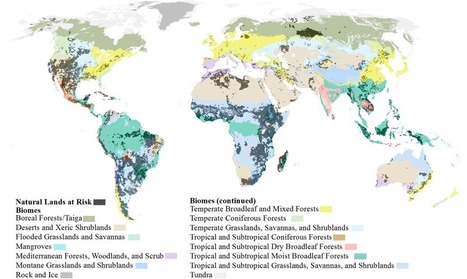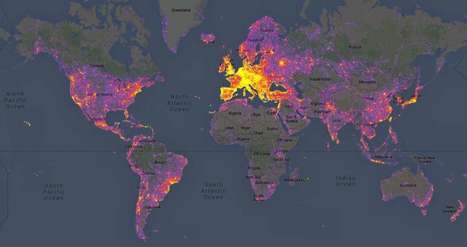By 2050, the world’s population is projected to approach nine billion. With more people will come more developed land—a lot more.
Urbanization, agriculture, energy, and mining put 20 percent of the world’s remaining forests, grasslands, and other natural ecosystems at risk of conversion by 2050.
With that kind of expansion, there are sure to be harms—namely clean water, clean air, and biodiversity.
To mitigate some of those risks, scientists and geographers at the Nature Conservancy have taken a crucial step by mapping the potential impact that human growth will have on natural lands.
It’s the most comprehensive look to date at how major forms of development will take over fragile ecosystems, if left unchecked...
Via Lauren Moss



 Your new post is loading...
Your new post is loading...











